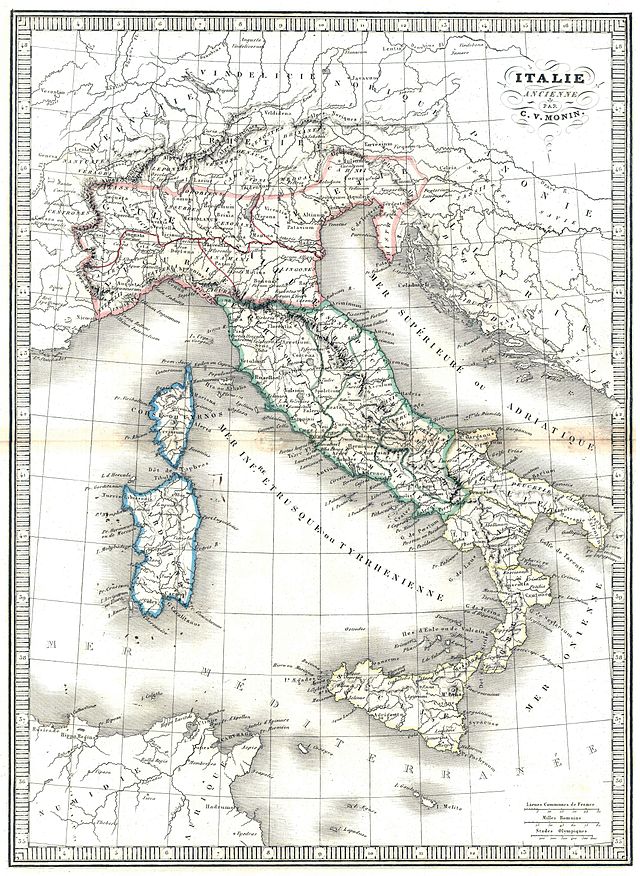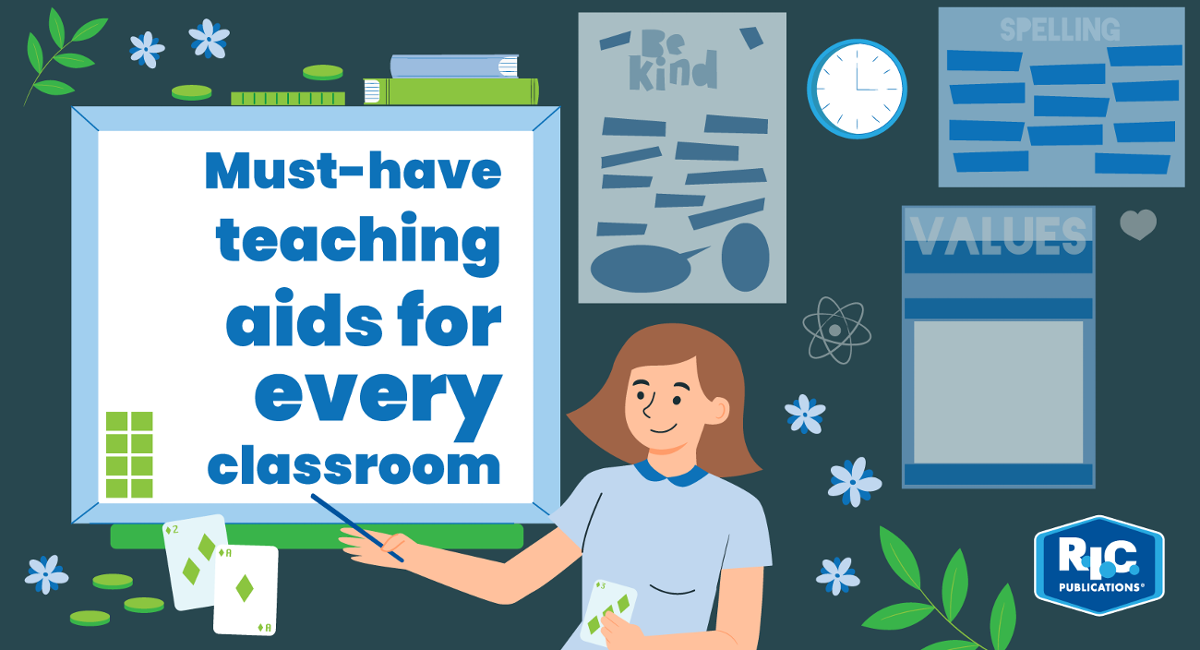Free Facts On Deciding On Italian Nursery Teaching Aids
Wiki Article
What Books, Like Textbooks, Are Needed In Italian Kindergartens?
Italian preschools are generally designed to provide the children with a stimulating environment that revolves around playing and rarely employ traditional textbooks. However, books could play a vital role in supporting children's development of their language and encouraging a love of reading. Here are a few kinds of books that could be beneficial to Italian kindergartens. Picture books: They help develop young children's imagination, vocabulary, and love of learning. They usually feature simple, engaging text and attractive illustrations.
Board books - Board books are thick in their pages and are designed for youngsters who might not be able to manage books. They can be used as a means to introduce children to a variety of topics such as shapes or animals as well as colors and shapes.
Nursery rhymes, songs and music: Music and songs are crucial to the development of infant children. They help improve their language, memory and social skills. Italian nursery schools may use nursery rhyme and song books for their daily activities and circle time.
Book on diversity and inclusion Children must be educated about inclusion and diversity from an the earliest age. Children will gain empathy, tolerance and respect by reading stories that feature characters from different backgrounds as well as different cultures and abilities.
Italian language book: Italian nurseries may use books that are written in Italian for children to study and build language skills. They include picture books, simple stories, and books that include Italian nursery rhymes and songs.
The books you select for your child should be appropriate for their age fascinating, engaging and appropriate for their cultural context. Teachers and caregivers may as well use books to ignite children's curiosity and inspire children to investigate different subjects and themes. Check out the top rated schede didattiche italiano sostegno for more info.

What Mathematics Teaching Materials And Tools Are Recommended In Italian Nurseries
There is a way to assist youngsters develop their mathematical, spatial problem-solving, and other abilities by using math-related educational materials. Here are a few examples of materials that can be used: Counting Manipulatives: Counting bears, beads, and blocks help children to build their ability to count and fine motor skills and hand-eye co-ordination.
Charts and numbers: These charts as well as cards can be used to teach children numbers and how to count. They can be large colorful numbers that can be hung in the room, or they can be smaller cards that kids can play with.
Shape manipulatives. Shape manipulatives like magnetic tiles and wooden puzzles aid in developing spatial thinking and help children understand the properties of different shapes.
Measuring tool: Measuring and comparing tools, like rulers, measuring instruments, and scales, can help youngsters to develop and learn their mathematical vocabulary.
Simple puzzles and games Simple puzzles and games like jigsaws and dominoes, or matching games can assist in the development of children's problem solving skills, attention to detail and focus.
Technology-based tools: Technology-based tools such as tablets that have educational math apps as well as other games can be used to entertain children and provide additional resources for their learning.
These materials must be utilized in a way that is appropriate for development and suitable for children who are just starting out. These are great for caregivers and teachers who wish to design fun and interactive math games that encourage children's curiosity. Take a look at the best materiale didattico matematica for site tips.
What Is The Best Way To Teach The Italian Language In Schools?
History didactics cards are an ideal method to provide children in Italian nurseries to basic historical concepts. These are the kinds of history cards that may be recommended. Famous person cards. These cards allow youngsters to understand historical figures like explorers and scientists. They may include pictures of the individuals and details on their lives and accomplishments.
Timeline cards are an excellent way to help your child learn about the timeline and the way that events connect. They could include images of key events and dates.
Cultural cards: These can be used by children to help them learn about other cultures. The cards could include pictures of traditional clothes and foods and music, customs, and other aspects of the culture.
Artifact card: Artifacts can assist children to visualize the events of history and learn about how people lived in the past. Illustrations of diverse items and cultures may be included.
Map cards help children to understand geography and history. Map cards often are illustrated with maps, and they can provide information on historical or other people and events from various regions.
It is crucial to choose the right history-related educational materials that are age-appropriate, engaging, and interactive for young children. Teachers and caregivers can to make use of these cards to engage children in fun, interactive history activities. They will promote the children's curiosity as well as their excitement about learning about other cultures and the history of the past. Take a look at the top rated schede didattiche storia sostegno for site recommendations.

What Materials Are Needed For Geography In Italian Nursery Schools?
Italian nurseries employ geography-related tools to educate children about different cultures, environments and countries. Here are some possible examples of geography teaching materials. Maps: They could help kids understand the geography of diverse countries and regions as well as their locations.
Globes: Globes enable children to learn about the continents, oceans, and other features of the Earth.
Pictures and videos. Pictures and videos of different cultures, places, and people can teach children a lot about the world.
Books: Books that are age-appropriate and feature cultures and places that are from all over the world help children discover a fascination with geography.
Natural materials. Shells, rocks, and plants help children understand different environments and eco-systems.
Field trips. Children can learn about geography through hands-on activities and visits to local parks, zoos and museums.
It is crucial to select resources for geography education that are age-appropriate and culturally sensitive. Teachers and caregivers are able to use these materials in order to create engaging, interactive geography activities which encourage children's interest and curiosity.

